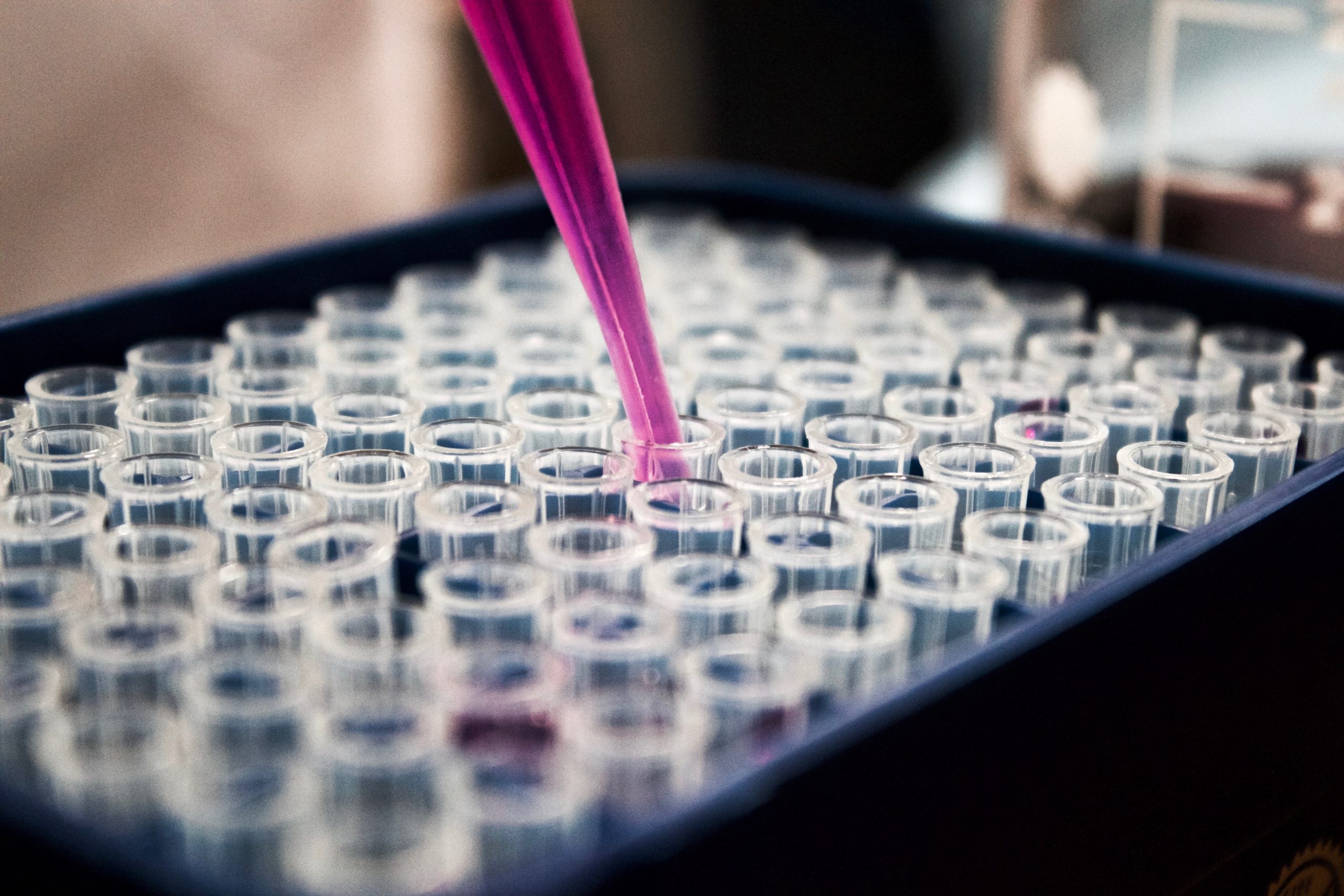
Published December 2022
Summary
Recovering from a stroke is hard enough yet many patients go on to get an infection, sometimes months into their recovery. For some of these patients, this can lead to more disability. Dr Rebecca Trueman, at the University of Nottingham, led a pilot study to uncover new targets that could help to protect recovering stroke patients.
During any neurological disease, an infection can worsen someone’s outcome. It’s important to raise awareness of how important this is in people’s recovery and that we need more research to understand what happens in the brain to cause this and how best to prevent it.
Dr Rebecca Trueman, Principal Investigator
Stroke is the leading cause of adult disability with one in six experiencing stroke during their lifetime. Many stroke patients go on to get an infection, such as a urinary tract infection or pneumonia, sometimes well over a month into their recovery. Sadly, these patients are much more likely to live with disability for longer. But despite the severity of the problem, and the large numbers of people affected, there’s no current way of stopping it.
We don’t know what’s happening in the brain that causes stroke patients who get an infection not to recover as well, hampering our ability to prevent further disability. However, we do know that when someone has a stroke, immune cells in their brain – called microglia – are activated so they can help clear up the damage from the stroke. Previous research suggests that microglia are changed after a stroke.
We set out to investigate changes in microglial cells following a stroke and discover which biological pathways might be involved.
Modelling infection after stroke
Thanks to the funding from the Dunhill Medical Trust, this pilot study has generated a lot of data to seed further work
Rats are the ideal model for studying stroke because their vascular system is very similar to ours. Much of what we already know about what happens in the brain during and after stroke comes from studying it in rats and mice.
We used rats because we’re studying the interaction between different brain cells and between brain cells and a mammalian immune system which can’t be done using alternatives like worms, fish or human cell cultures. Following strict guidance, we make sure the rats experience the mildest possible form of stroke and infection needed to do the research. For example, we induce just the inflammatory response that happens during an infection and this makes the rats feel unwell for a couple of hours and they’re given pain relief. A mild stroke is induced under anaesthetic and doesn’t result in any obvious disability.
We used our rat model to look at what happens to microglia after a stroke, after an infection only, and after an infection following a stroke. We also investigated which genes are being switched on in the microglia and other brain cells, generating a huge amount of data on the key genes involved across the whole brain.
We had significant delays when the pandemic hit as facilities in our department were repurposed to support the national response to COVID and I transitioned into teaching and supporting students remotely. The team at the Dunhill Medical Trust were proactive in contacting us, checking we were OK, and extending the grant so we could complete the work once we could get back into the lab.
Stroke + infection = overactive microglia
We saw that microglia cells looked different in the rats that had an infection following a stroke compared to the stroke- and infection-only rats. The microglia were rounder and more swollen, indicating they were in a more activated state.
We also found that these microglia switched on lots of genes involved in immune responses, as well as other cell pathways that we previously didn’t know might play a role. This gives us important clues for what might be happening when someone gets an infection following a stroke. For example, it could be that the brain cells are getting detrimental signals from the microglia leading to negative effects on the brain.
A springboard to further research
Thanks to the funding from the Dunhill Medical Trust, this pilot study has generated a lot of data to seed further work. We now have potential molecular targets to investigate, which could be used to try to reduce the negative impact of infection on the brain after someone has had a stroke.
Next, we want to start examining some of these targets, manipulating them to understand their role in the immune response. We also want to use our rat model to study what happens in the brain after a longer period of time after stroke and infection.
During any neurological disease, an infection can worsen someone’s outcome. It’s important to raise awareness of how important this is in people’s recovery and that we need more research to understand what happens in the brain to cause this and how best to prevent it.
Find out more
Read more about animal research at the University of Nottingham and why animals are used to help us understand living organisms, study disease, and develop and test new medical treatments.

